U.S. plans NUCLEAR bomb 24 times more powerful than Hiroshima
Advertisement
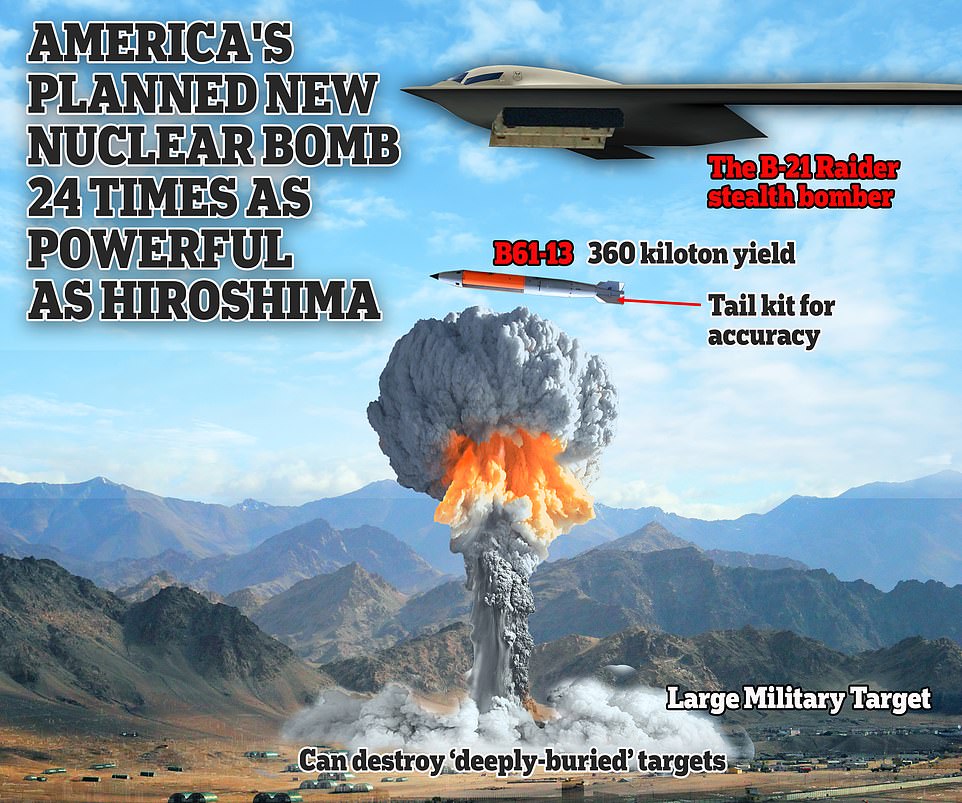
The Pentagon plans to make a new B61-13 nuclear bomb, which is 24 times more powerful than the bomb dropped on Hiroshima. This is because China aims to double the number of nuclear warheads by 2030. The bomb is designed for aircraft including the B-21 Raider stealth bomber and will be more accurate thanks to a tail kit.
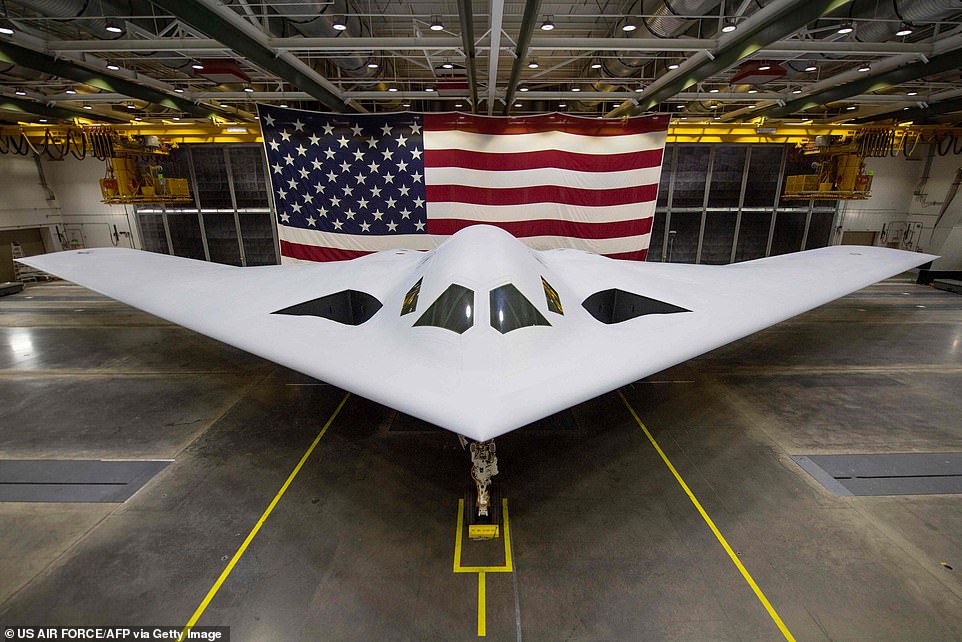
The new weapon requires congressional approval and has received support from Republican hawks. The Pentagon says it will increase deterrence and certainty by providing the president with additional options against certain military targets. John Plumb, assistant secretary of defense for space policy, did not refer to China or Russia in the context of the new weapon.
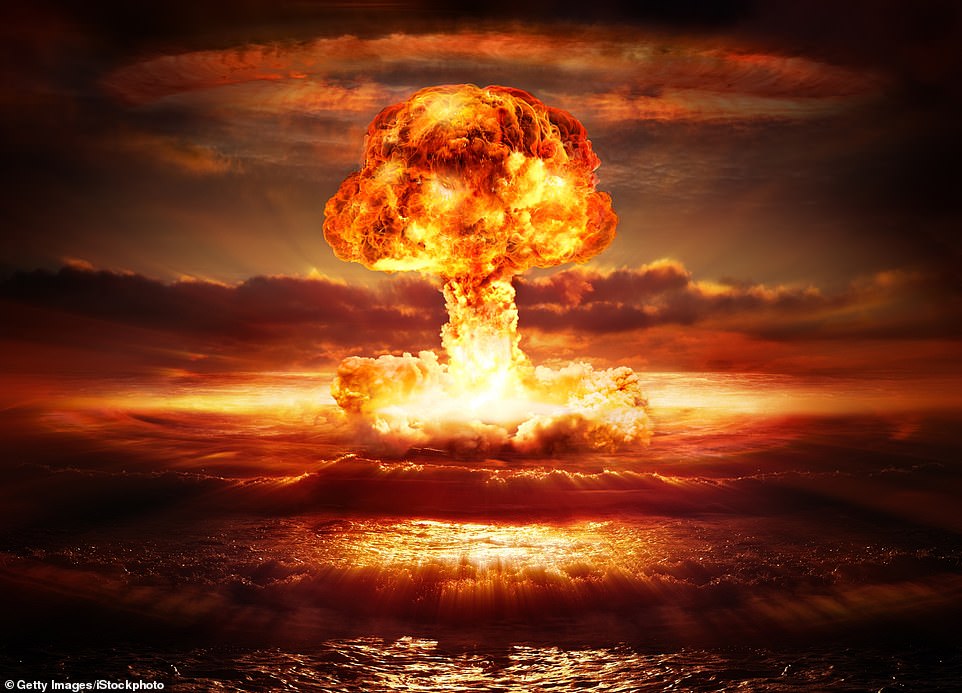
This new weapon is an updated version of the B61 gravity bomb, which has been part of the US nuclear deterrent since the Cold War. It will have a maximum yield of 360 kilotons, significantly more powerful than the bombs dropped on Hiroshima and Nagasaki in 1945.
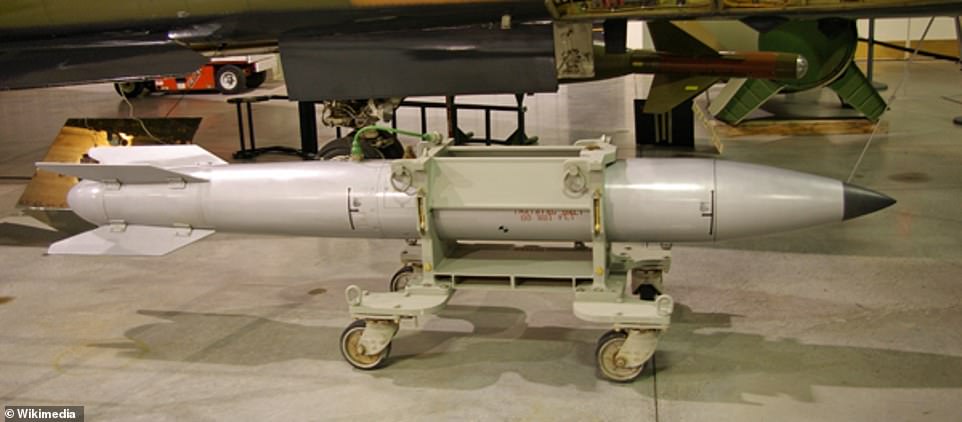
Production of the B61-13 is not expected to increase the total number of nuclear weapons in the US arsenal, as a number of older weapons will be retired. The US currently has approximately 3,700 nuclear warheads, of which 1,419 have been deployed. The B61-13 will have less than a third of the power of the largest US nuclear weapon, the B83, which has a yield of 1.2 megatons, 80 times that of the Hiroshima bomb.
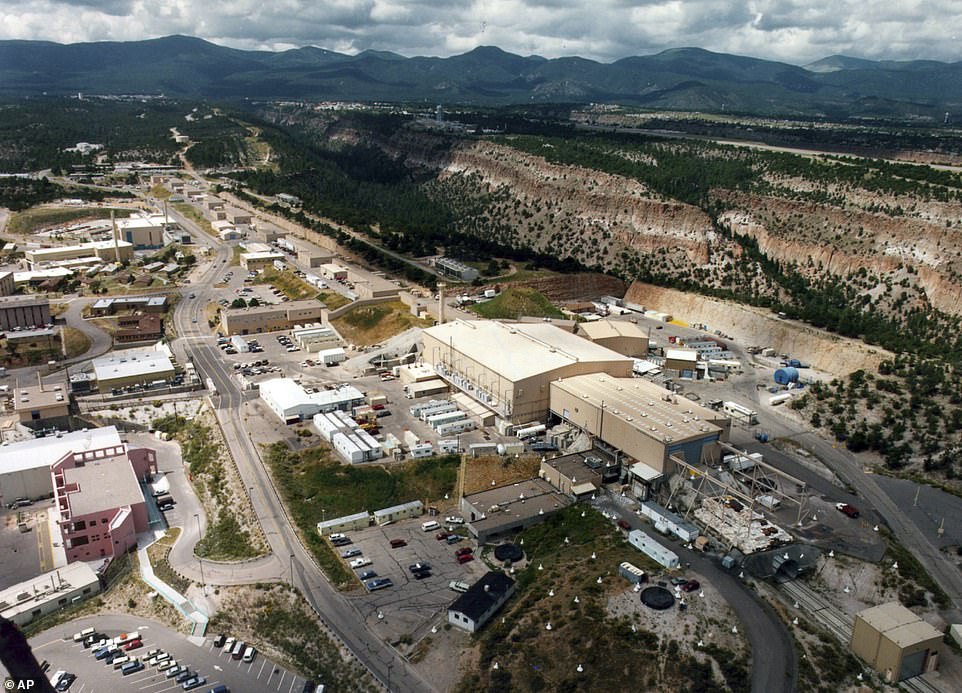
Barack Obama wanted to decommission the B83, but Donald Trump stopped that attempt. It is suggested that the B61-13 proposal could be used by the Biden administration to convince Congress to eliminate the B83. Biden pledged during the 2020 campaign to work toward a world without nuclear weapons. However, the US is now undertaking the most extensive modernization of its nuclear weapons since World War II, with more than $750 billion earmarked for upgrades over the next decade. Los Alamos National Laboratory in New Mexico has hired 3,300 workers over the past two years, a total of more than 17,000 employees, primarily to produce plutonium cores for nuclear weapons.

Hans Kristensen and Matt Korda of the Federation of American Scientists’ Nuclear Information Project suggested that about 50 B61-13 weapons could be produced. They pointed out that increasing the accuracy of a high-yield bomb has targeted consequences. Detonating the weapon closer to the target increases the chance of destroying the target. The Pentagon did not provide an estimated cost for the project. Republican Congressman Mike Rogers welcomed the proposal but saw it as a modest step in the right direction and emphasized that a dramatic transformation of the deterrent posture is needed to counter the threat.

Want more stories like this from the Daily Mail? Visit our profile page here and hit the follow button above for more news you need.
